 The Lunchtime Lecture with John Freyer was really enjoyable and interesting - perhaps more so than any other Lunchtime Lecture that I've been to. Freyer seemed like an immensely motivated and creative person, and I was impressed by his openness to the audience. Knowing little about social practice art, I was intrigued by his work, and his various collaborations. I think previously in my mind I had separated social practice art from other more "artistic" types of art, but Freyer's lecture really changed how I saw that kind of work. He described the intent and content and meaning of his art projects in much the same way as someone could describe the content of a painting or drawing. That really resonated with me, and made me recognize the importance and value that social practice art has, partly because of the inherent interaction with people and partly because of the uniqueness of it. While Social Practice Art hasn't really been something I've thought about, I'm beginning to think it could be something interesting to explore and experiment with. Freyer's Website: Freyer
0 Comments
Visiting the Try-Me Gallery was really different than most of the other field trips we've been on. The collection was much smaller than that of the VMFA, and even though we usually only look at a small part of the collection of a museum, having the contents curated and displayed so carefully was a different experience. The fact that each piece had been bought and chosen to fit into the gallery as a whole gave each piece a new meaning relative to the works around it. There were certainly some pieces there that I did not like, but many more that I really did like, and many which inspired me.
I think one of the things that I was most impressed by was the craftsmanship - especially of the sculptural works. Of course all professional artists make use of good craftsmanship, but the level of perfection and attention to detail was really astounding to me, especially having worked some with sculpture and being able to appreciate the difficulty of maintaining good craftsmanship in three dimensions. In addition, I was especially inspired by Chiharu Shiota and her wide variety of works. I'd like to look into her more and into her use of thread and yarn. It seems like that style or technique might be applicable to my work too. Chiharu Shiota's Website I've had a longstanding interest in photography and film, so I was really excited to see this Lecture. What I really didn't know about and was eager to learn about was her process for creating art, as my limited experience with film and photography hasn't really given me much of an opportunity to develop any kind of style or consistent process. I really enjoy photography, because it allows me to focus on the design and composition of a shot. I find that the clear unadulterated focus on the composition - rather than the execution of the piece - is freeing, and allows me to create work on a higher level. Freyer gave a lot of advice about being an art student and a student in general, which I found to be interesting and insightful. However, what I really was interested in was hearing about her own work. Something that I clearly hadn't realized was the amount of time and research that went into each of her films. I was amazed at how long she spent and how hard she worked at each and every film, and I was really impressed. I think that kind of research - maybe not to the same extent, but definitely some in order to gain a greater understanding of WHAT I'm photographing or filming, could be beneficial to my art. I think the other thing I got out of her lecture was the importance of playing around and exploring different things. I enjoyed a lot of different styles last year, and now I really want to work on developing a voice or a process. The fact that Freyer seems to be always filming, an then balancing the footage in editing, is really interesting and intriguing to me. I think that idea of consistently filming is important - because not only does it provide a constant creative outlet, but it lets you practice your skills with your chosen medium at all times. I think I'd like to make a goal for myself to start carrying around my camera more in order to take more practice photos, and force myself to be constantly thinking about art and what art I could make. I also found the brief technical bits about film and cameras very expensive, so here's a video talking about 16mm film, which Freyer used in her work: Howardina Pindell: What Remains to Be Seen
Abstraction and Mark Making
I absolutely loved this lecture. I found it incredibly inspiring and I left it wanting to draw and think and learn more about it and so much else. Unfortunately, I missed the Lunchtime Lecture last year on Wabi-Sabi, which I was very disappointed about because I love Japanese art and design. At this lecture, however, it wasn't really an interest in the topic that drew me in, it was a more emotional connection. Wabi, Sabi, and Yugen made complete sense to me, and it felt somehow completely natural. I think without knowing it, I had almost adopted similar ideas of Aesthetics as the Japanese seem to have, and this presentation showed me how similar they really were. I also really resonated with Tanizaki's ideas and writing. I was extremely impressed with his capability to convey emotion and aesthetic interest through writing in a completely unique and new (to me at least) way. His essay seems much more powerful BECAUSE it is not a 'traditional essay' in the modern sense of the word. To me, the simple phrase "in praise of shadows" is the perfect summation of everything he says, describing elegance, beauty, simplicity, and tradition. His stress on shadows and darkness, as well as imperfection in the mechanized age felt instinctive and innate, and as soon as I looked at the images Amanda Adams showed, I understood. The one frustration I had was with defining Wabi, Sabi, and Yugen. These ideas are so ethereal and almost tempestuous in nature that they resist definition. Maybe in the Japanese language, these words have clearer meaning to the speakers, but in English, perhaps the less elegant language, they simply do not convey enough meaning and weight to be able to say that they do the ideas they represent justice. Wabi, Sabi, and Yugen are complicated concepts, but they feel native and natural and perfectly right. I found this video about Kintsugi, which is the repairing of damages that took on artistic value in Japanese art. |
AuthorWrite something about yourself. No need to be fancy, just an overview. Archives
June 2019
Categories |
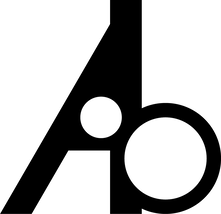
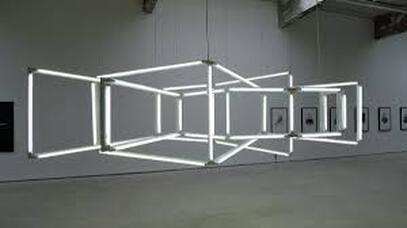
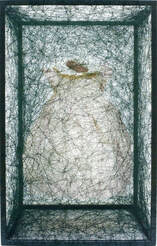
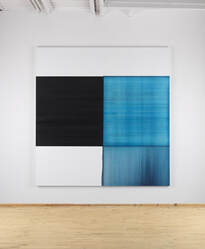
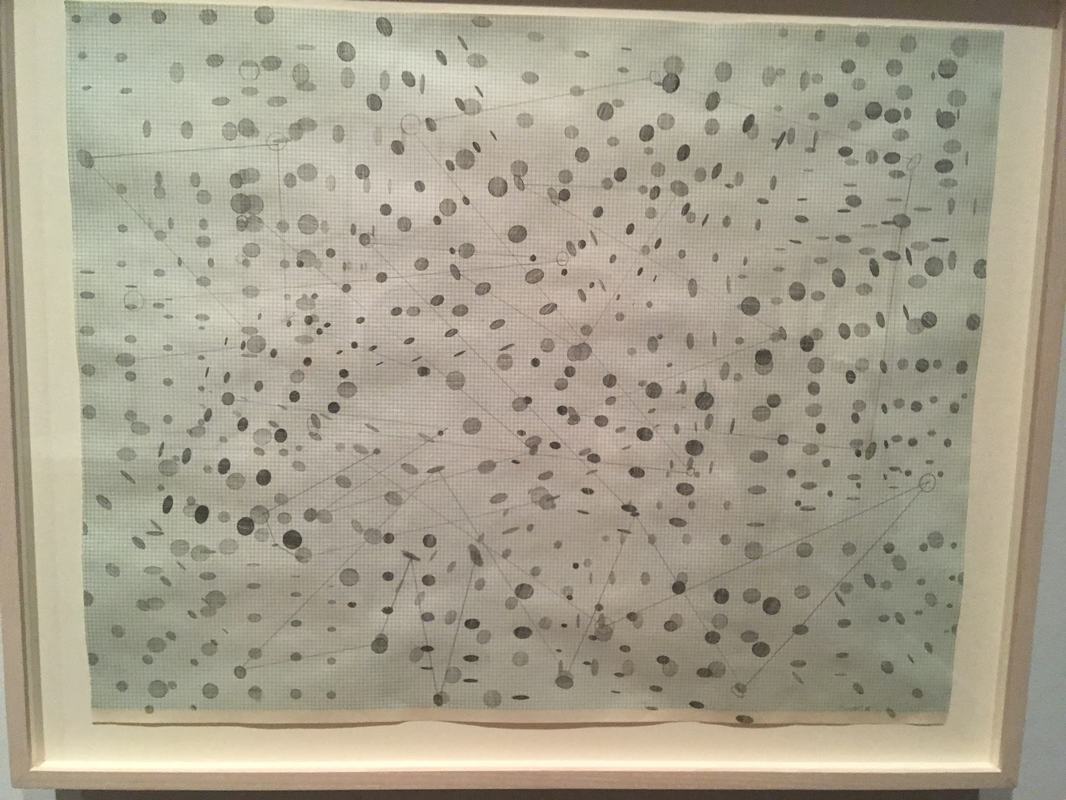
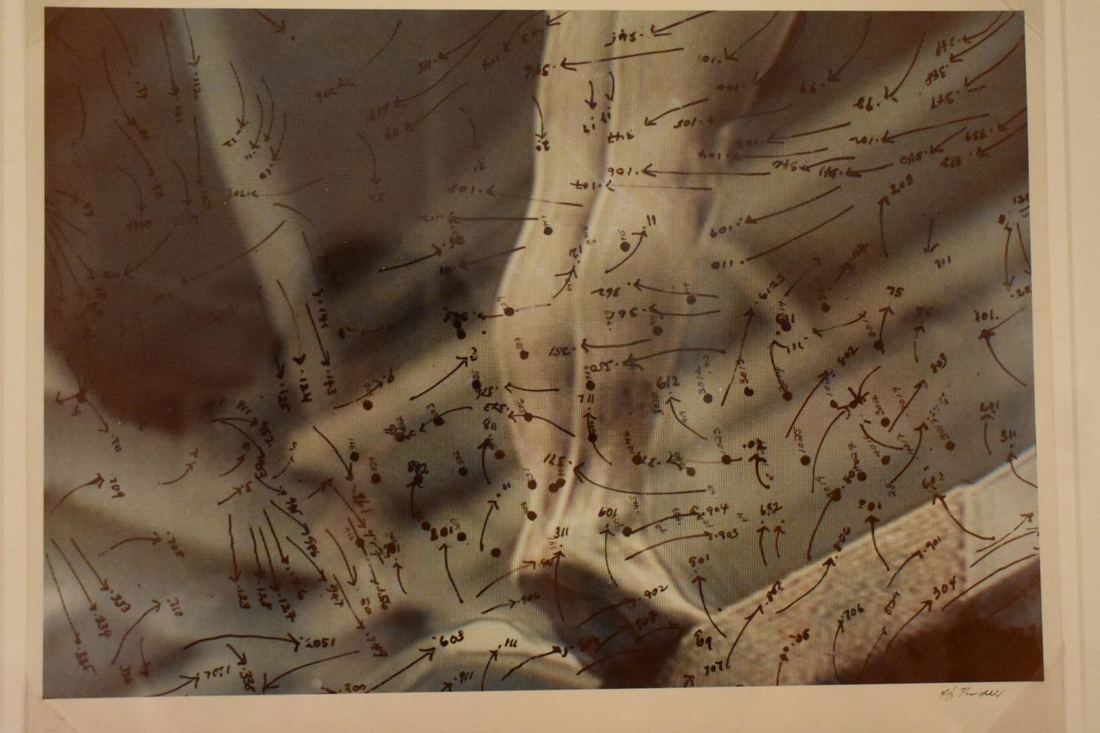
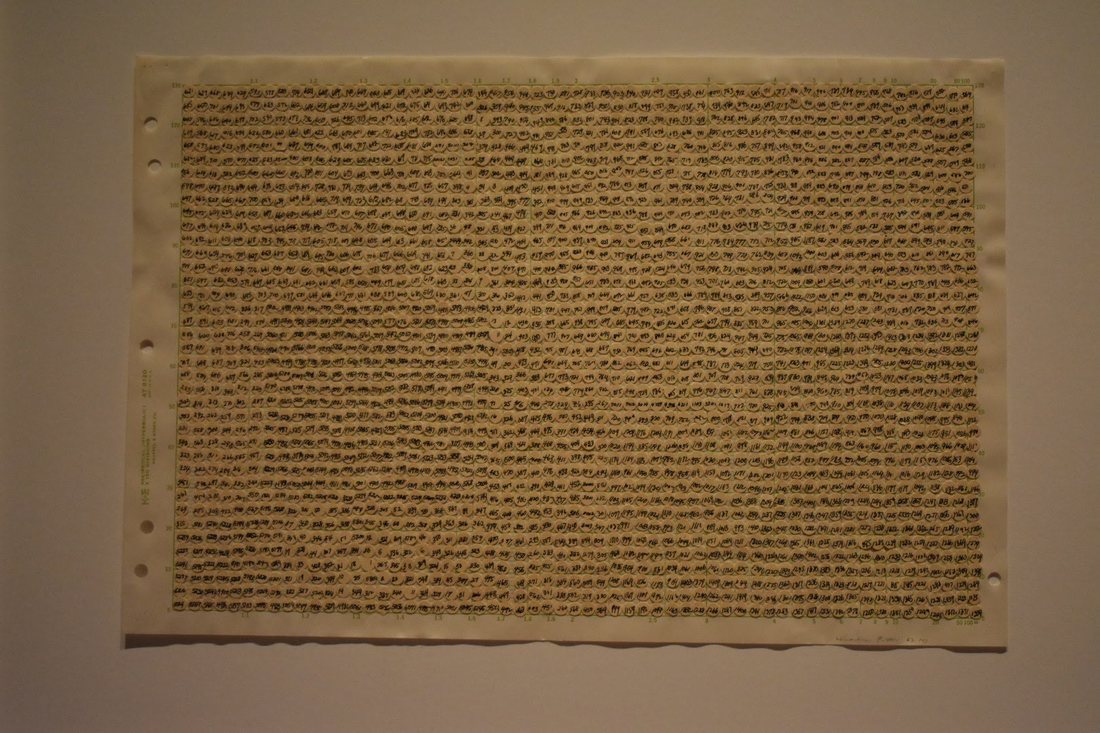
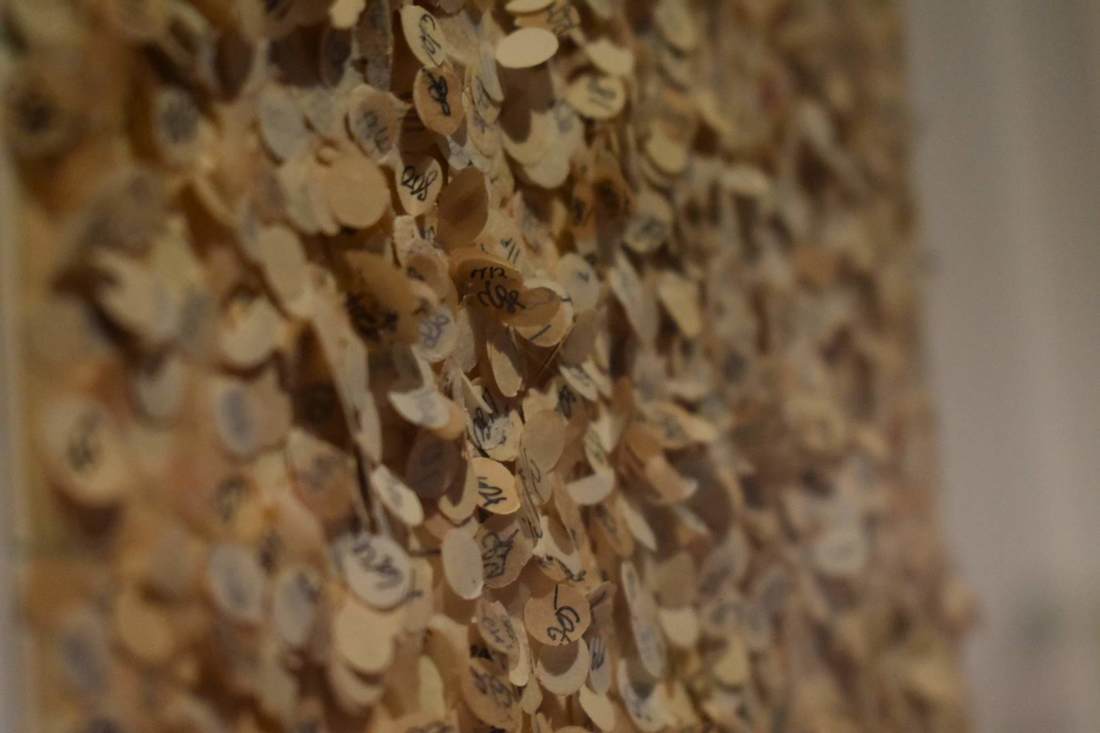
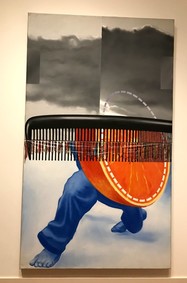
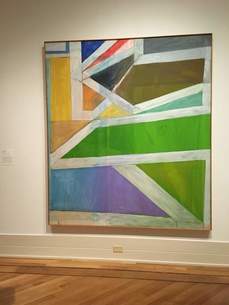
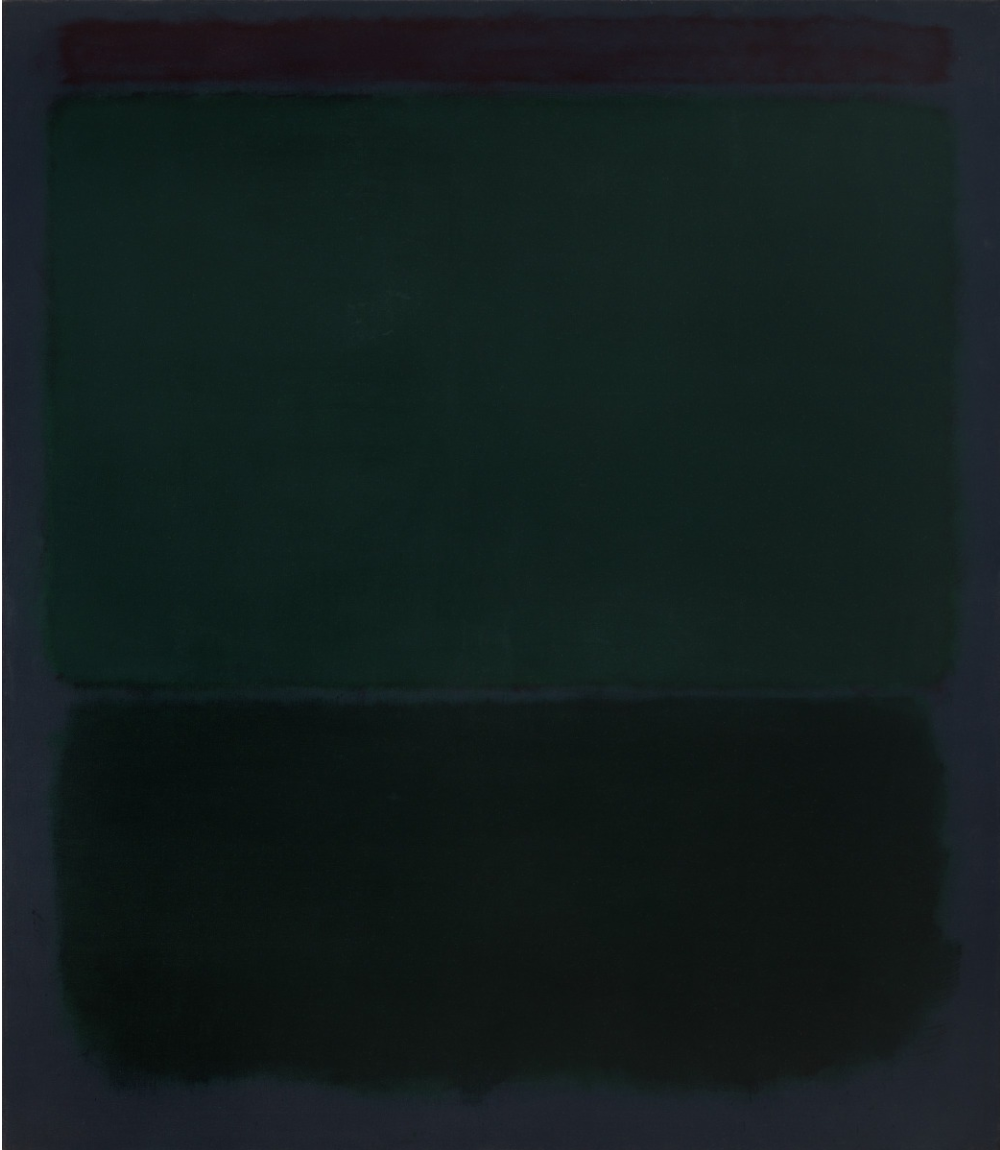
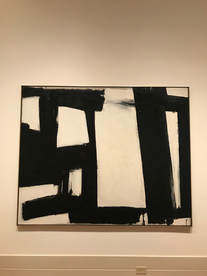
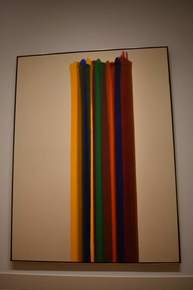

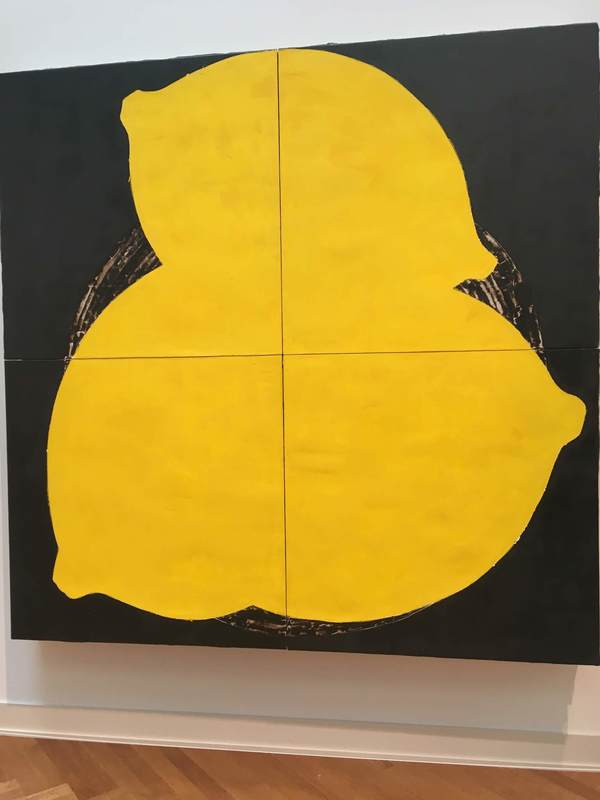
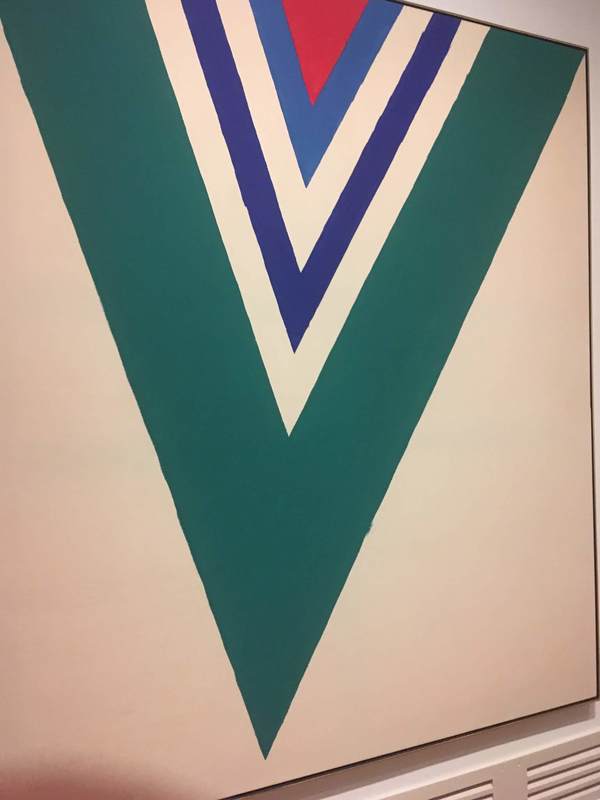
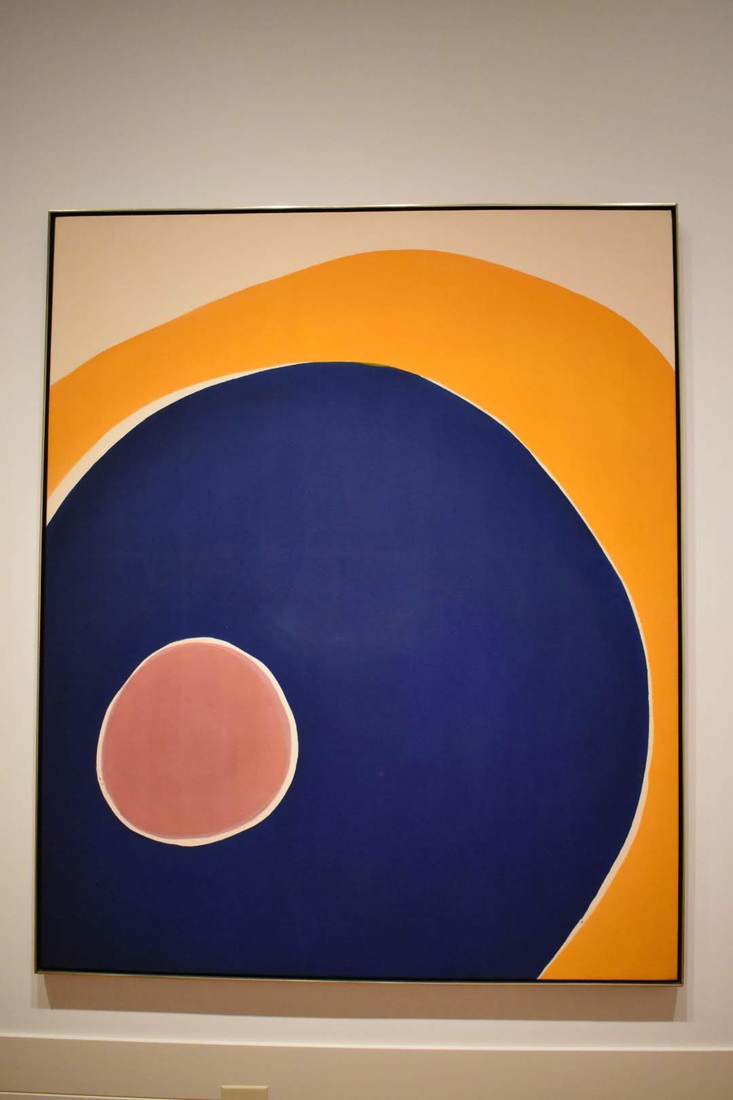
 RSS Feed
RSS Feed
